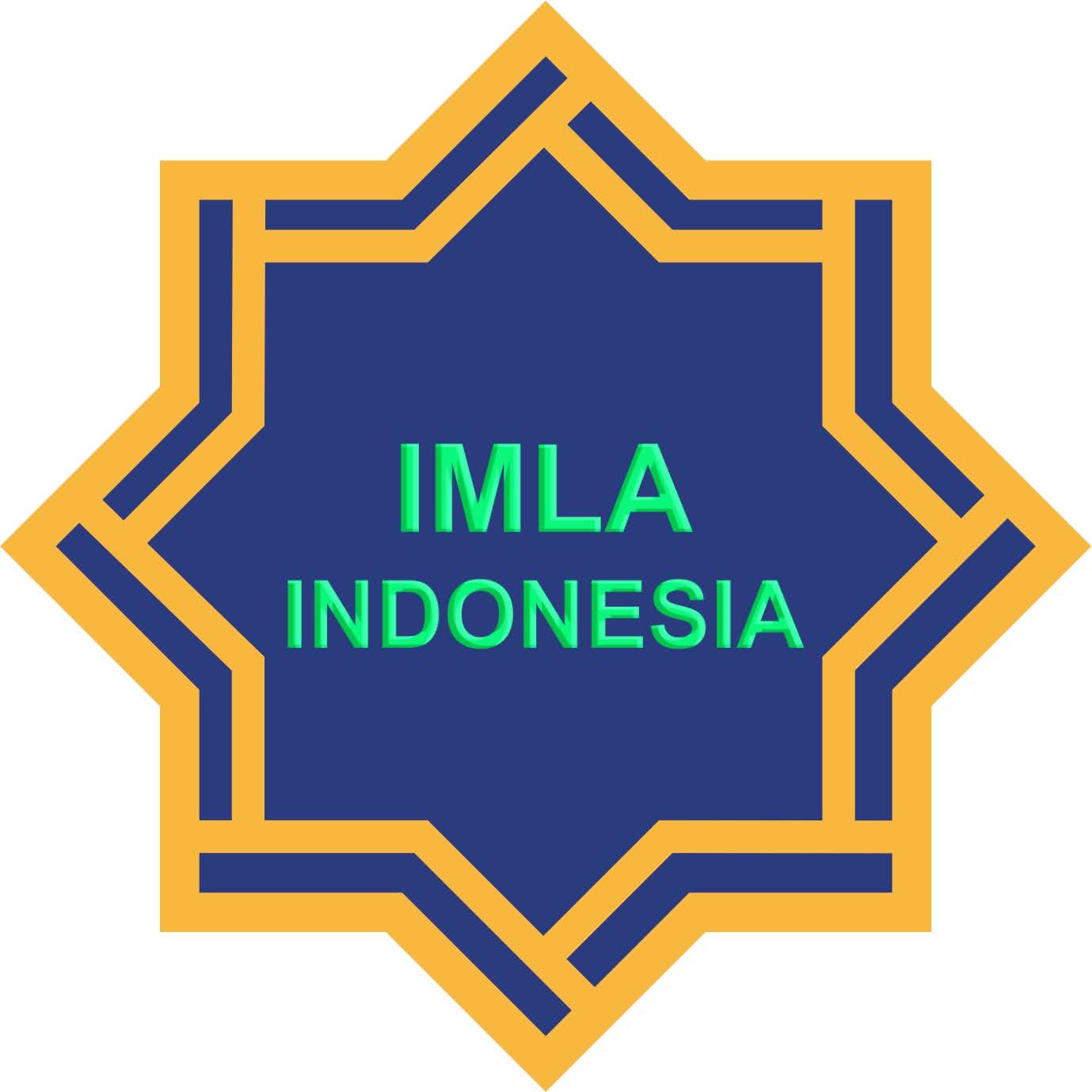Studi Fenomenologis Model Pembelajaran Bahasa Arab di Ma'had STAIN Kudus
DOI:
https://doi.org/10.21154/tsaqofiya.v2i1.41Keywords:
model, learning Arabic, ma'had studentsAbstract
This study aims to analyze the Arabic learning model in the ma'had of STAIN Kudus which includes 4 aspects that are learning syntax, social systems, reaction principles and support systems as well as instructional impacts. This type of research is a phenomenological qualitative method using observational methods of interviews and documentation. The data validity test used data triangulation techniques. The results of the analysis show that: 1) the learning syntax is differentiated according to the learning mode, namely the scientific inquiry learning model, the memory learning model, and the inductive learning model. 2) the social system used in learning Arabic in the ma'had of STAIN Kudus students is a cooperative learning system, 3) the principle of reaction includes lecturers as facilitators, developers of inquiry abilities and cognitive abilities of students, 4) support systems and instructional impacts in ma ' There are raw data, support power, intellect and an instructor who is skilled at conducting inquiries
References
Fatah, H, and Rohadi Abdul. “Rekontruksi Pesantren Masa Depan.”Listafariska Putra,2005.
Khozin. Indonesia: Rekonstruksi Sejarah Untuk Aksi. Malang: UMM Press Malang, 2006.
Kudus, Ma’had STAIN. Buku Profil Ma’had STAIN. Belum diterbitkan, 2015.
Qomar, Mujamil. Menggagas Pendidikan Islam. PT. Remaja Rosdakarya, 2014.
Shiddiq, Jamaluddin. “Model Pembelajaran Bahasa Arab Di Ma’had Al-Jami’ah Walisongo Semarang.”Lisania: Journal of Arabic Education and Literature2, no. 2 (2018): 102–20.
Sokah, Umar Asasuddin. Problematika Pengajaran Bahasa Arab Dan Inggris. Nur Cahaya, 1982.
Sugiyono, Prof Dr. Metode Penelitian Kuantitatif, Kualitatif Dan R & D. Alfabeta. Bandung, 2010.















.png)


